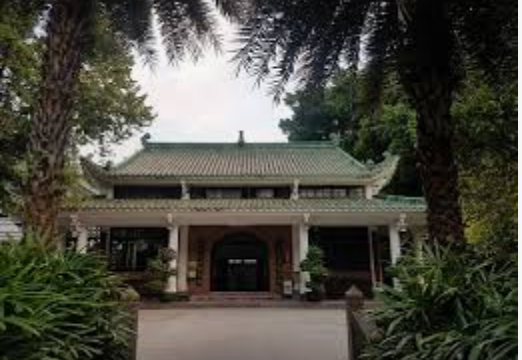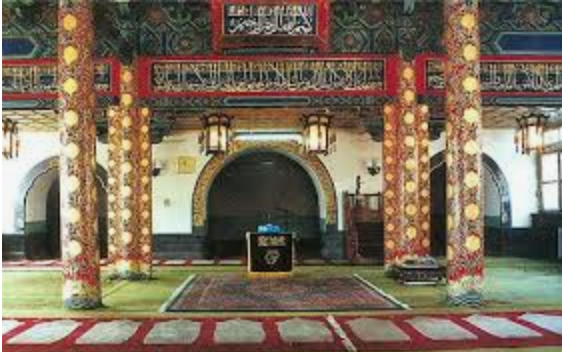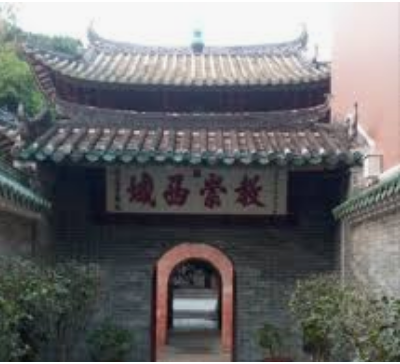The Tang Dynasty in China existed during 618 AD – 907 AD. According to historical accounts of Chinese Muslims, Islam was first introduced to China by Sa’d Ibn Abi Waqqas, who was the head of the delegates sent by Uthman, the third Caliph, in 651 approximately. This occurred around 19 years after the Prophet Muhammad(peace be upon him) passed away. The Tang Emperor, was Gaozong, who received the envoy. Later he ordered the construction of the Memorial mosque in Guangzhou, Canton Province in memory of the Prophet (peace be upon him). It is believed that the Huaisheng Mosque was the first mosque in the country. According to some accounts, Muslims presence in China might be much earlier at around 616 AD or 617 AD.
Some historians point out that there was no solid evidence for Waqqās himself ever coming to China. However, they do believe that Muslim diplomats, merchants, and delegates arrived during early the Tang Dynasty. The Tang Dynasty’s cosmopolitan culture helped the introduction of Islam during that time. The Tang Dynasty was very open to trade contacts with Central Asia and Western Asian and many of the merchants resided in Chinese cities.



Photos: The Huaisheng Mosque is considered one of the oldest mosques in the world and is traditionally believed to have been built by Sa`d ibn Abi Waqqas.
During the Tang Dynasty, Arab (Ta’shi) and Persian (Po’si) traders steadily arrived in China through the Silk Road and the the seaport of Guangzhou. Not all of the Arab and Persian traders who arrived in China were Muslims, but many of them stayed forming the basis of the Chinese Muslim population and the Hui ethnic group. These immigrants introduced polo, cuisine, musical instruments, and their knowledge of medicine in China.